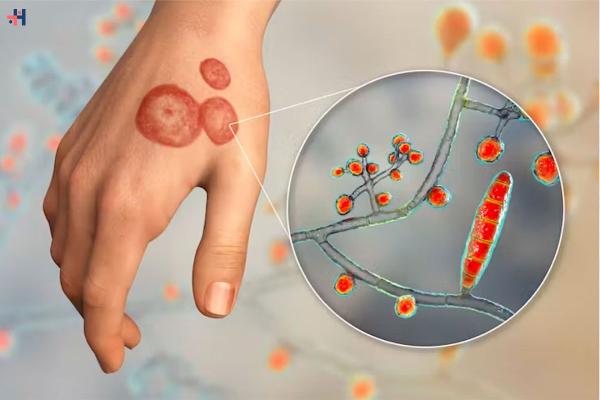 Zapier Automation – Automate Publishing. Free Your Time!
Zapier Automation – Automate Publishing. Free Your Time!
Almost Half of Cancer Deaths and 40% of Cases Caused by Avoidable Factors, New Study Finds
Written by HealthCare360 » Updated on: June 17th, 2025 283 views

Almost Half of Cancer Deaths and 40% of Cases Caused by Avoidable Factors, New Study Finds
Almost Half of Cancer Deaths and 40% of Cases Caused | Healthcare 360 Magazine
(Source-upi.com–scaled)
Just under half of cancer deaths in the US and 40 percent of cases are linked to preventable factors, according to new research from the American Cancer Society (ACS).
The study revealed that a significant number of cancer cases and deaths in adults aged 30 and older were due to factors that could potentially be prevented, such as cigarette smoking and poor diet. The findings indicate that 40 percent of cancer cases and nearly half of cancer deaths in the United States can be attributed to modifiable risk factors.
Comprehensive Analysis of Risk Factors
Researchers analyzed the incidence and mortality of 30 types of cancer in relation to 18 modifiable risk factors. “A large number of cancer cases and deaths in the United States are attributable to potentially modifiable risk factors, indicating the potential to substantially reduce the half of cancer burden through broad and equitable implementation of preventive initiatives,” said Dr. Farhad Islami, lead author of the study, to Euronews Health.
The factors examined in the study included cigarette smoking, excess body weight, alcohol consumption, consumption of red and processed meat, low intake of fruits and vegetables, dietary fiber, dietary calcium, physical inactivity, ultraviolet (UV) radiation, and half of cancer-causing infections like human papillomavirus (HPV).
Leading Risk Factors
Cigarette smoking was identified as the leading risk factor, responsible for 20 percent of all cancer cases and 30 percent of cancer deaths in the US. Following smoking, excess body weight and alcohol consumption were significant contributors. For half of cancer cases alone, UV radiation, physical inactivity, HPV infection, low fruit and vegetable consumption, and processed meat consumption were notable factors.
For cancer deaths, the critical factors included physical inactivity, low fruit and vegetable consumption, UV radiation, HPV infection, and processed meat consumption.
Dr. Islami explained that even if a factor strongly causes half of cancer, its impact on overall cancer cases will be limited if it is rare. Conversely, a common factor with a weaker effect can result in a higher number of cancer cases.
Reducing Cancer Risk from Modifiable Factors
Understanding the number of cancer cases and deaths caused by preventable factors is crucial for setting better cancer prevention initiatives and increasing public awareness about risk factors. To lower the risk of cancer, Dr. Islami suggested individuals take action by avoiding or reducing exposure to these risk factors. On a broader level, increasing equitable access to preventive healthcare and raising awareness about prevention methods are also essential.
“For example, persons who currently smoke can reduce their health risks by quitting. Healthcare providers can also provide guidance for quitting,” he said.
Recommendations for Reducing Cancer Risk
To reduce the risk of getting or dying from cancer, recommendations include avoiding the use of tobacco products and quitting smoking for those who do. Other measures include following dietary guidelines, staying physically active, maintaining a healthy body weight, and limiting excessive sun exposure. Keeping up with necessary vaccinations, such as for the Hepatitis B virus (HBV) and HPV, is also advised.
“Vaccination at the recommended time can substantially reduce the risk of chronic infection, and consequently, cancers associated with these viruses,” said Dr. Ahmedin Jemal, senior author of the study, in a statement.
This study underscores the significant impact of modifiable risk factors on cancer incidence and mortality. By addressing these factors through individual actions and public health initiatives, it is possible to substantially reduce the cancer burden and improve health outcomes across the population.
Find practical solutions to common challenges through our insightful articles on Healthcare 360 Magazine
Note: IndiBlogHub features both user-submitted and editorial content. We do not verify third-party contributions. Read our Disclaimer and Privacy Policyfor details.
Copyright © 2019-2025 IndiBlogHub.com. All rights reserved. Hosted on DigitalOcean for fast, reliable performance.

















